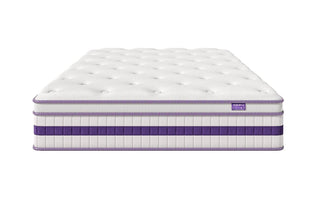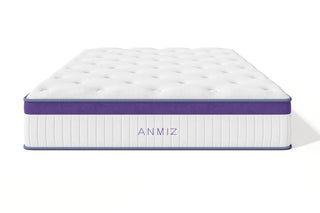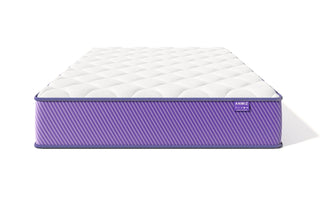Mattress Responsiveness and Ease of Movement
We occasionally receive free products for testing and take part in affiliate programs, which means we may earn a commission if you purchase items through links on our site. For full details, please refer to our disclosure page.
At the end of a long day, there’s nothing better than slipping into a cozy, comfortable bed that supports effortless rest. At Dweva Mattress, we want you to enjoy that feeling every night. That’s why our mattress reviews go beyond basic comfort—we also evaluate important but often overlooked factors, such as a bed’s responsiveness, which determines how easily you can move around on it.
Ease of movement refers to how simple it is to adjust your position, switch sleeping styles, or get in and out of bed. Mattresses with high responsiveness allow smoother motion, which can lead to better, more restful sleep. Let’s explore why this matters and how we test for it.
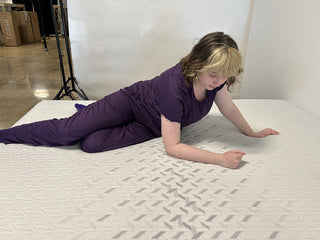
Why Mattress Responsiveness Is Important
When a mattress offers strong responsiveness, it minimizes friction and resistance as you move. This means you can shift positions effortlessly without waking up or feeling stuck.
Ease of movement is especially important for:
Combination Sleepers
People who move between positions during the night—side, back, or stomach—need a mattress that allows them to turn easily without disruption. A responsive surface helps maintain flow and comfort for these sleepers.
Older Adults
As we age, we spend less time in deep sleep and may wake more easily. A low-resistance mattress can make movement smoother and reduce sleep interruptions. It also helps with getting up at night, making transitions easier and safer.
People with Mobility Issues
Those with back pain, arthritis, or joint issues need a bed that’s easy to move on and off. A responsive mattress allows for better adjustment, repositioning, and accessibility, improving overall comfort and independence.
How We Test Mattress Responsiveness
Since ease of movement can be subjective, we test each mattress using a diverse group of reviewers with different body types and sleep preferences.
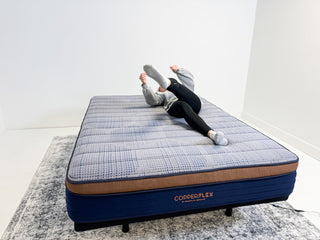
Switch Test
We start by having testers roll around and switch between sleeping positions—side, back, and stomach. They note whether the mattress allows easy movement or if they feel resistance or “stuck” in the surface.

Kettlebell Test
Next, we place a 44-pound kettlebell on the mattress and time how long it takes for the surface to reform after the weight is lifted. If the bed rebounds instantly, it’s highly responsive; if it takes a few seconds, it’s likely less responsive and harder to move on.
Afterward, testers compare notes and share feedback. Each mattress receives a responsiveness score out of 5, with 5 indicating top-tier responsiveness and ease of movement.
How Mattress Materials Affect Ease of Movement
The materials used in a mattress significantly influence how easily you can move. Here’s what to expect from different types:
Memory Foam Mattresses
Memory foam mattresses are known for pressure relief but tend to absorb movement. Because the foam molds to your body and is slow to bounce back, these beds can make it harder to move—especially for combination sleepers or heavier individuals.
If you love memory foam but don’t want to feel “trapped,” look for models made with responsive foam that quickly bounces back after pressure is released.
Latex and Latex Hybrid Mattresses
Latex mattresses are naturally bouncy and highly responsive, allowing for easy repositioning. They contour to your body without the deep sinkage of memory foam. Latex hybrid mattresses, which combine latex with coils, are even better for movement thanks to their springy, supportive structure.
Hybrid Mattresses
Hybrid mattresses combine foam comfort layers with a coil base, creating a blend of contouring and responsiveness. The coils provide lift and support, allowing you to feel more “on top of the bed” than “in it.” Many hybrids offer the perfect balance between motion control and ease of movement.
Innerspring Mattresses
If ease of movement is your top priority, innerspring mattresses are often the best choice. Their coil systems provide strong bounce and quick recovery, making them some of the easiest beds to move around on. However, because they typically have less cushioning, some sleepers may find them less plush than foam or hybrid options.
FAQs
In summary, ease of movement plays a crucial role in how well you sleep and how comfortable you feel in bed. Whether you’re a combination sleeper, an older adult, or someone with mobility concerns, choosing a mattress with the right responsiveness can make every night smoother, easier, and more restorative.



